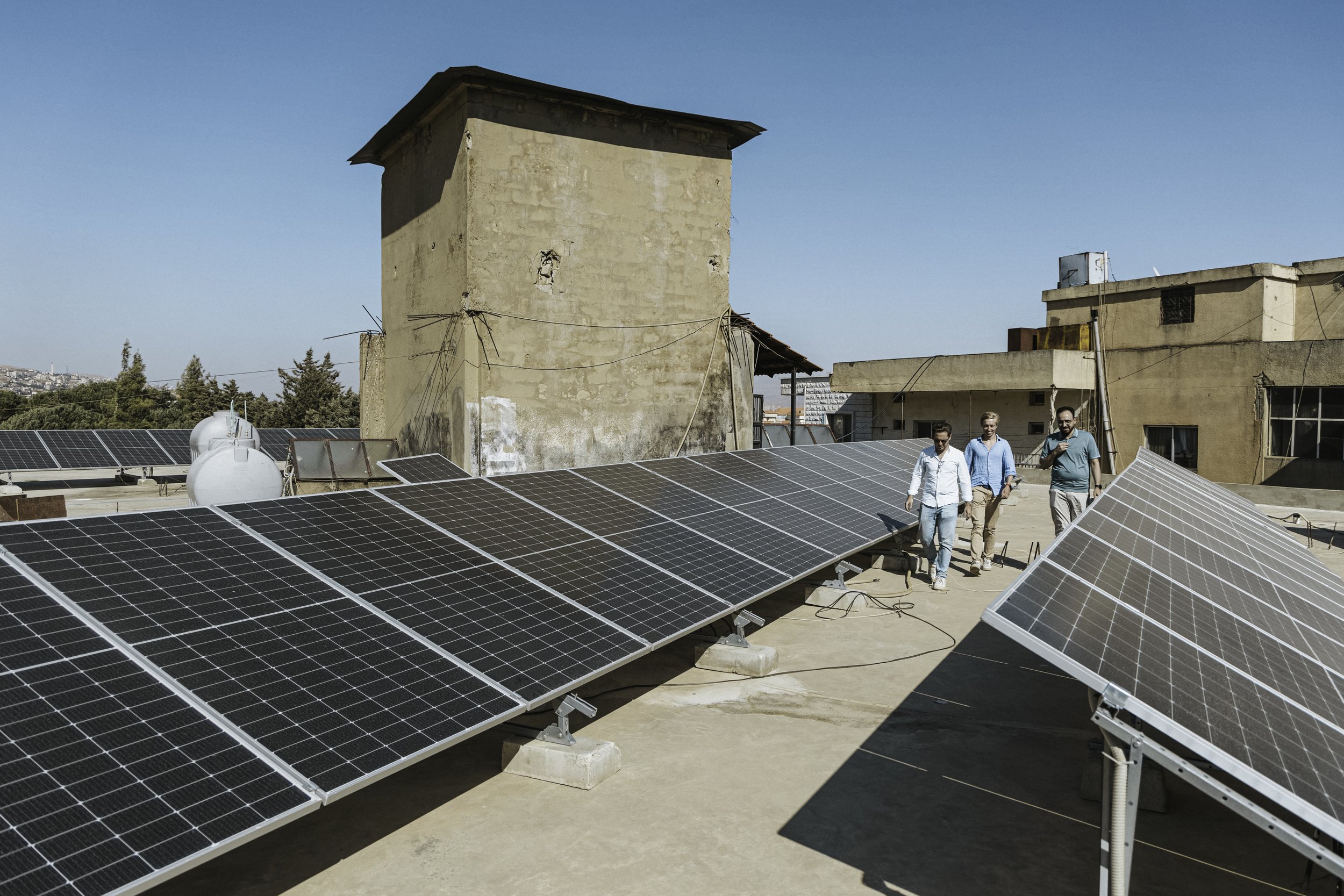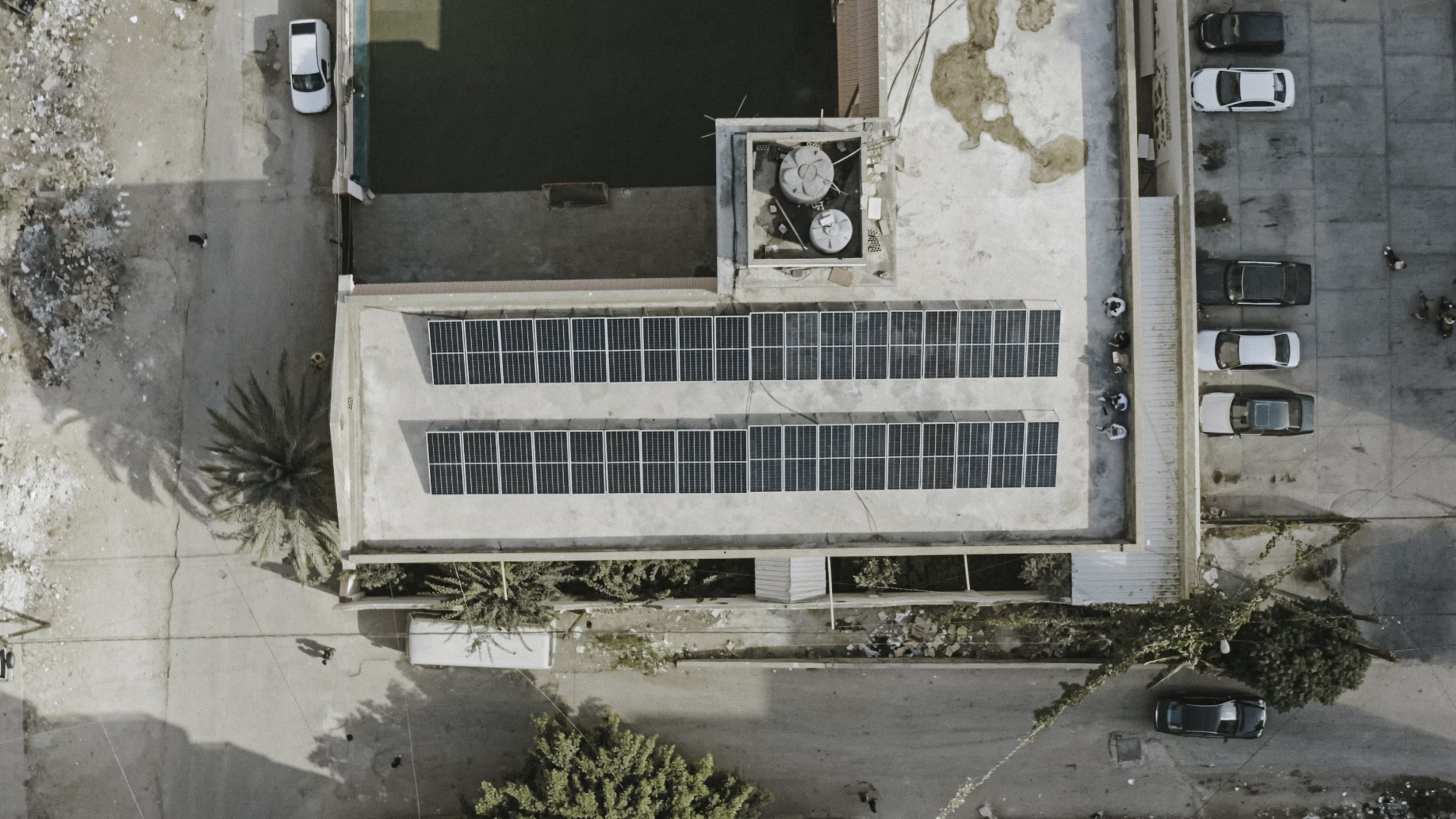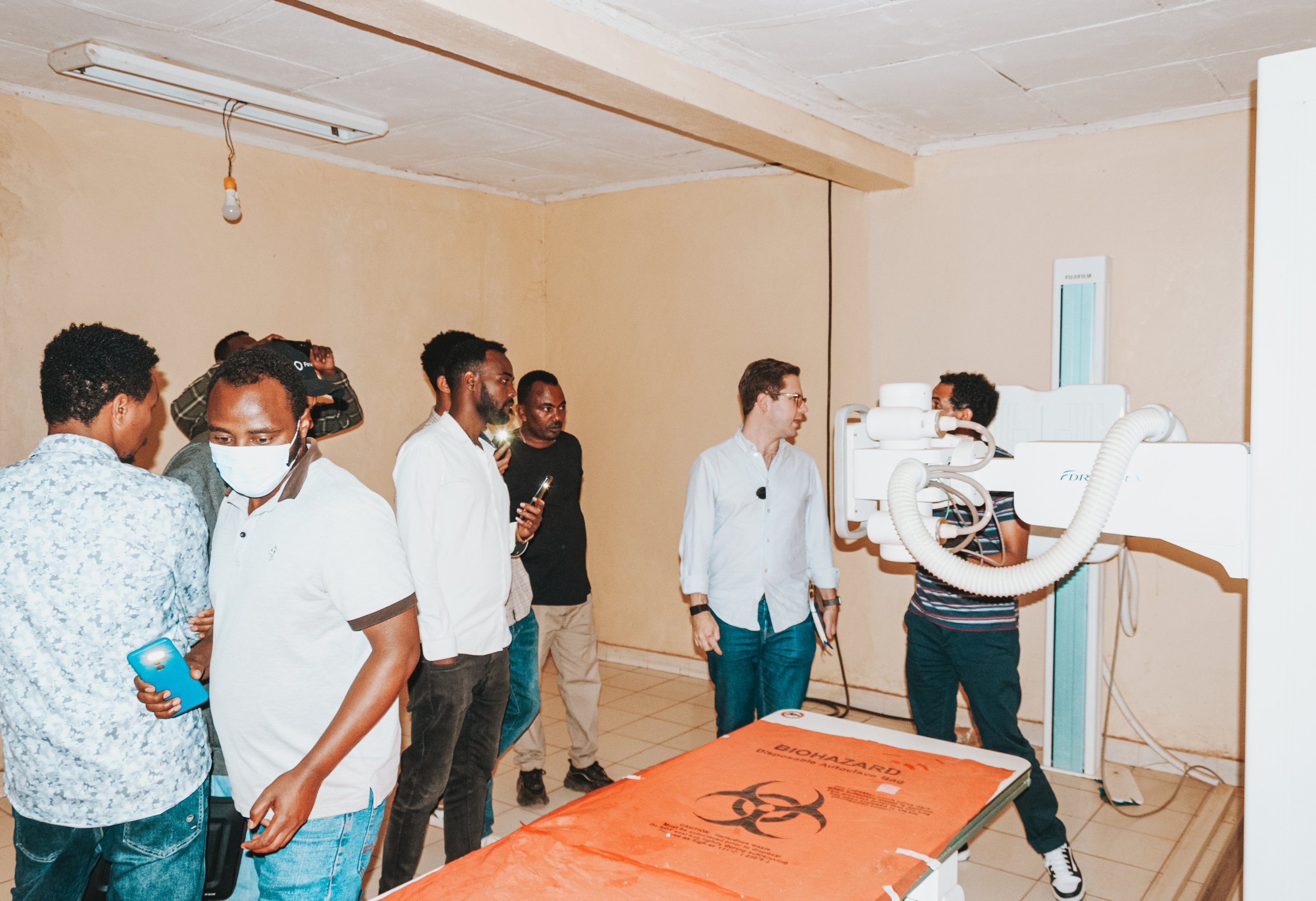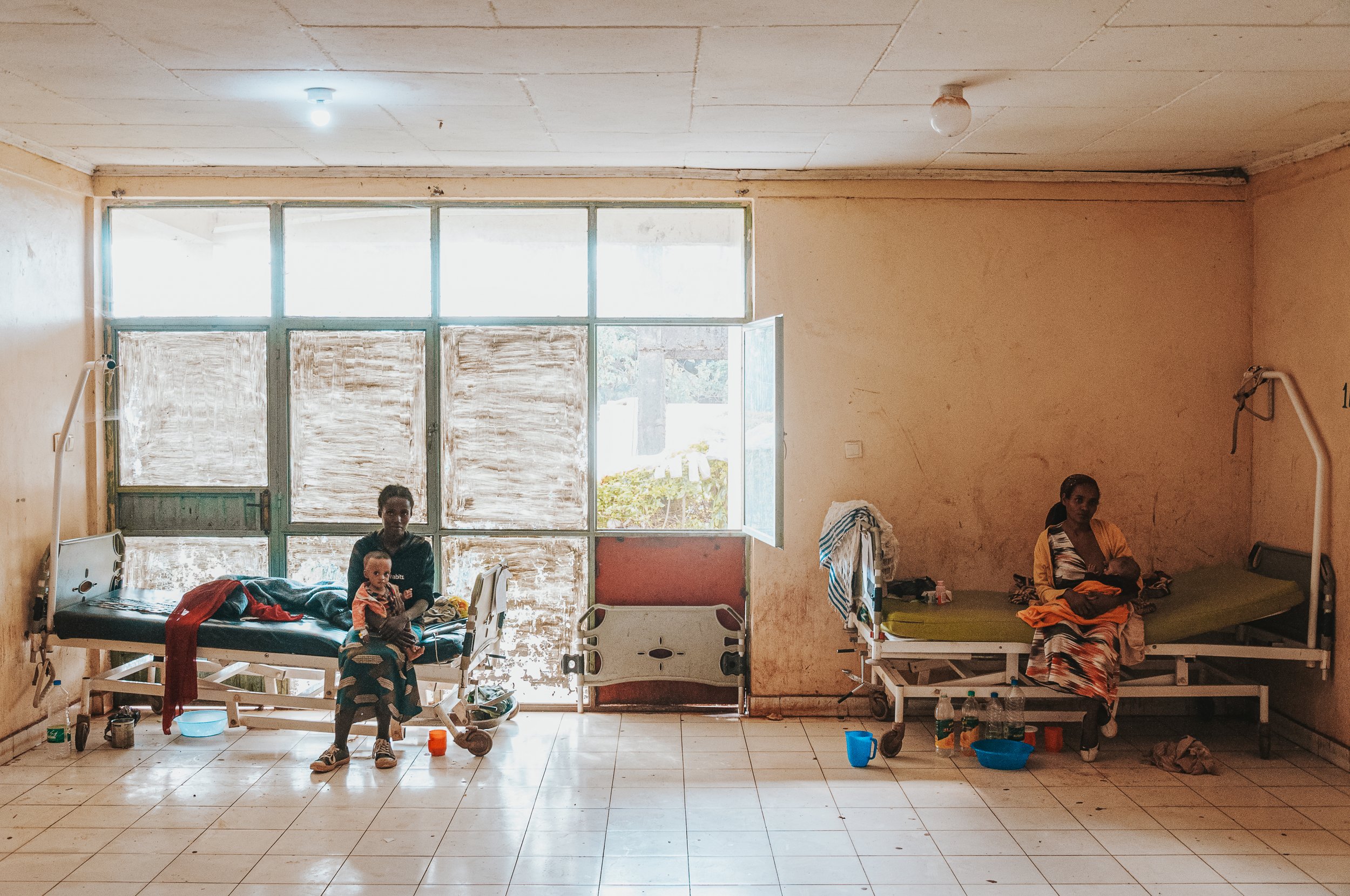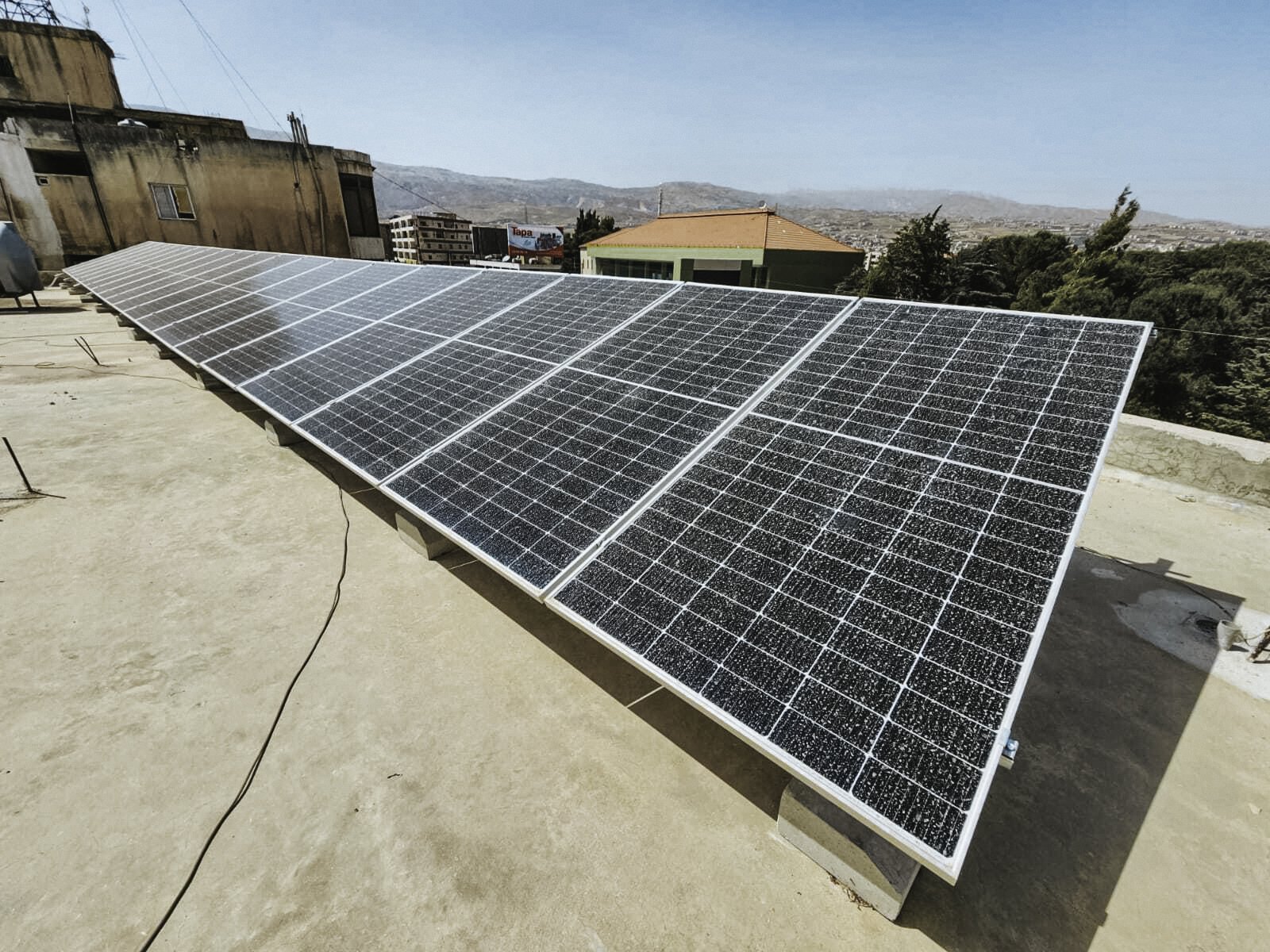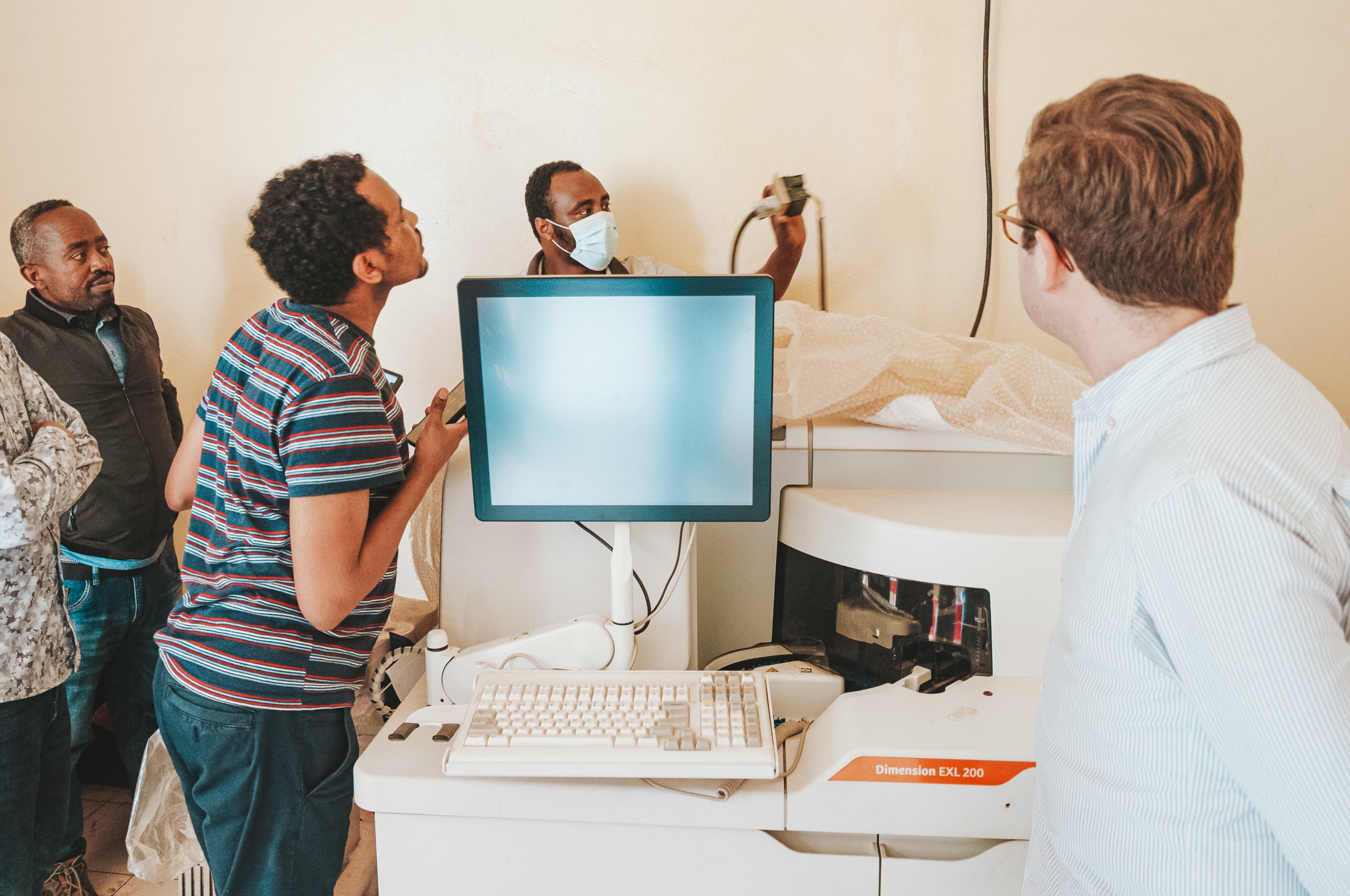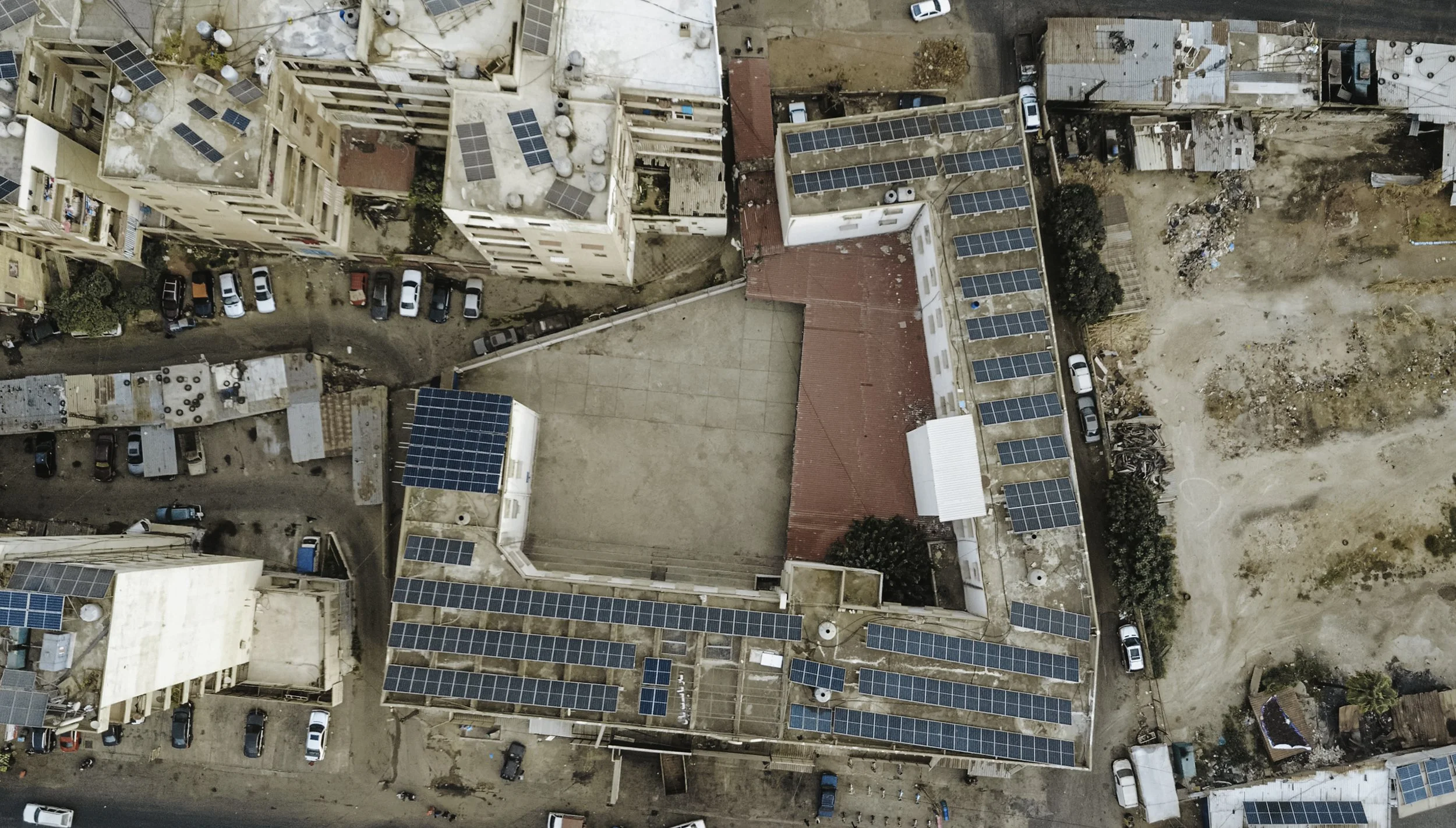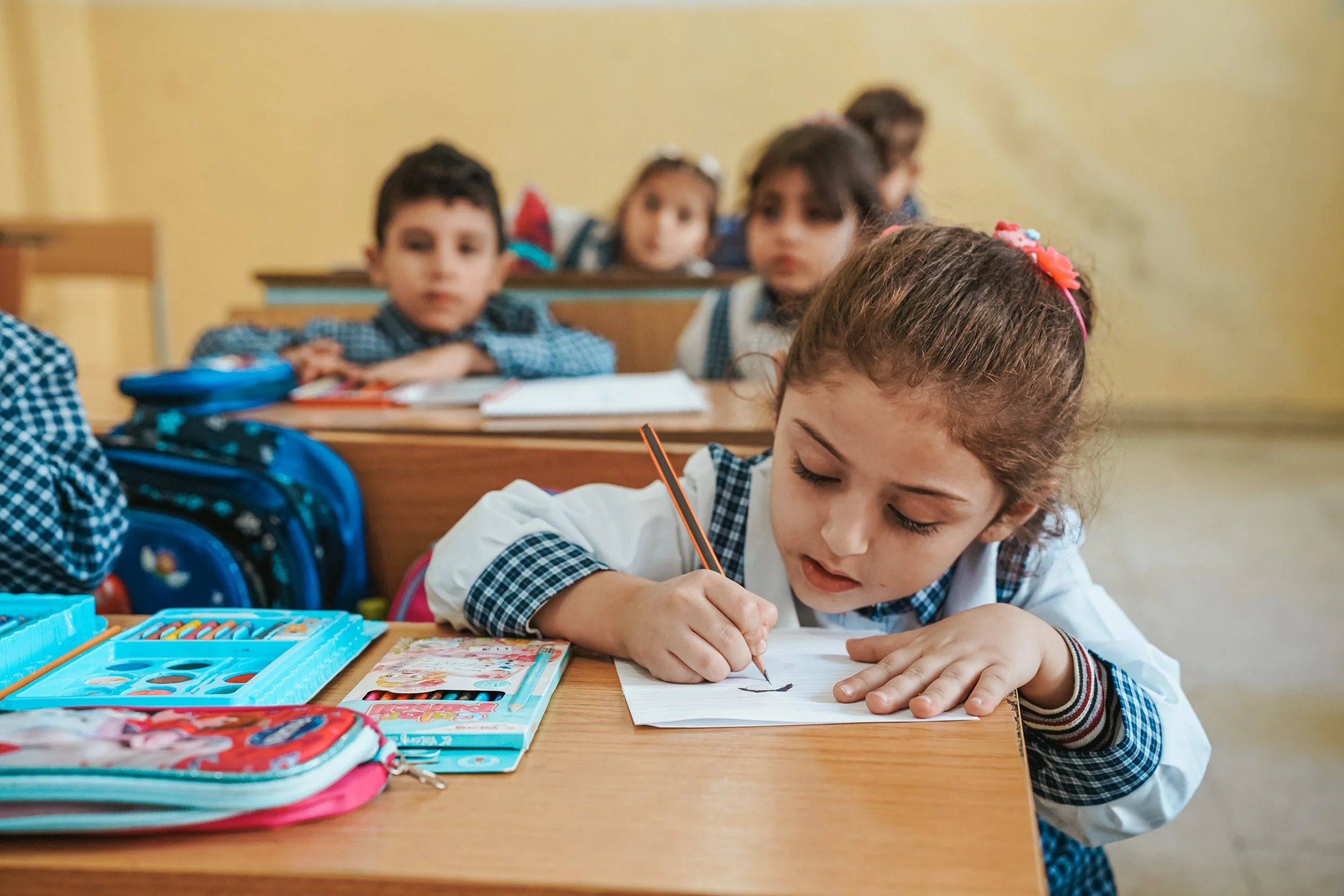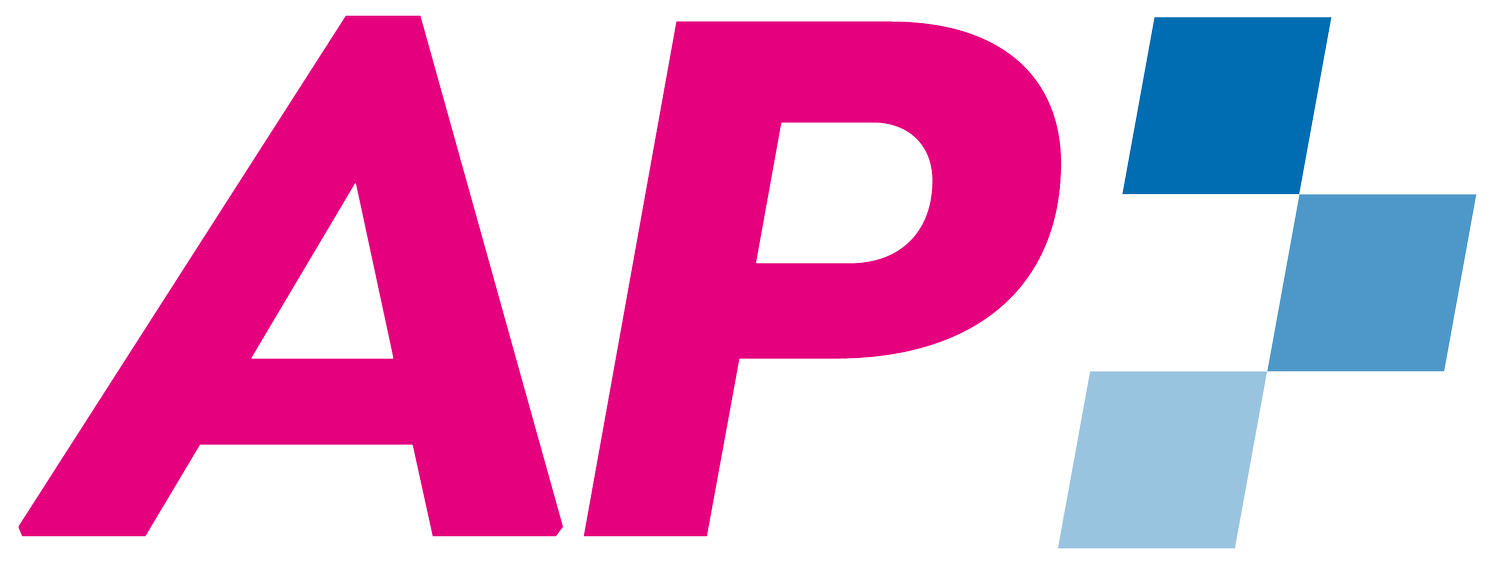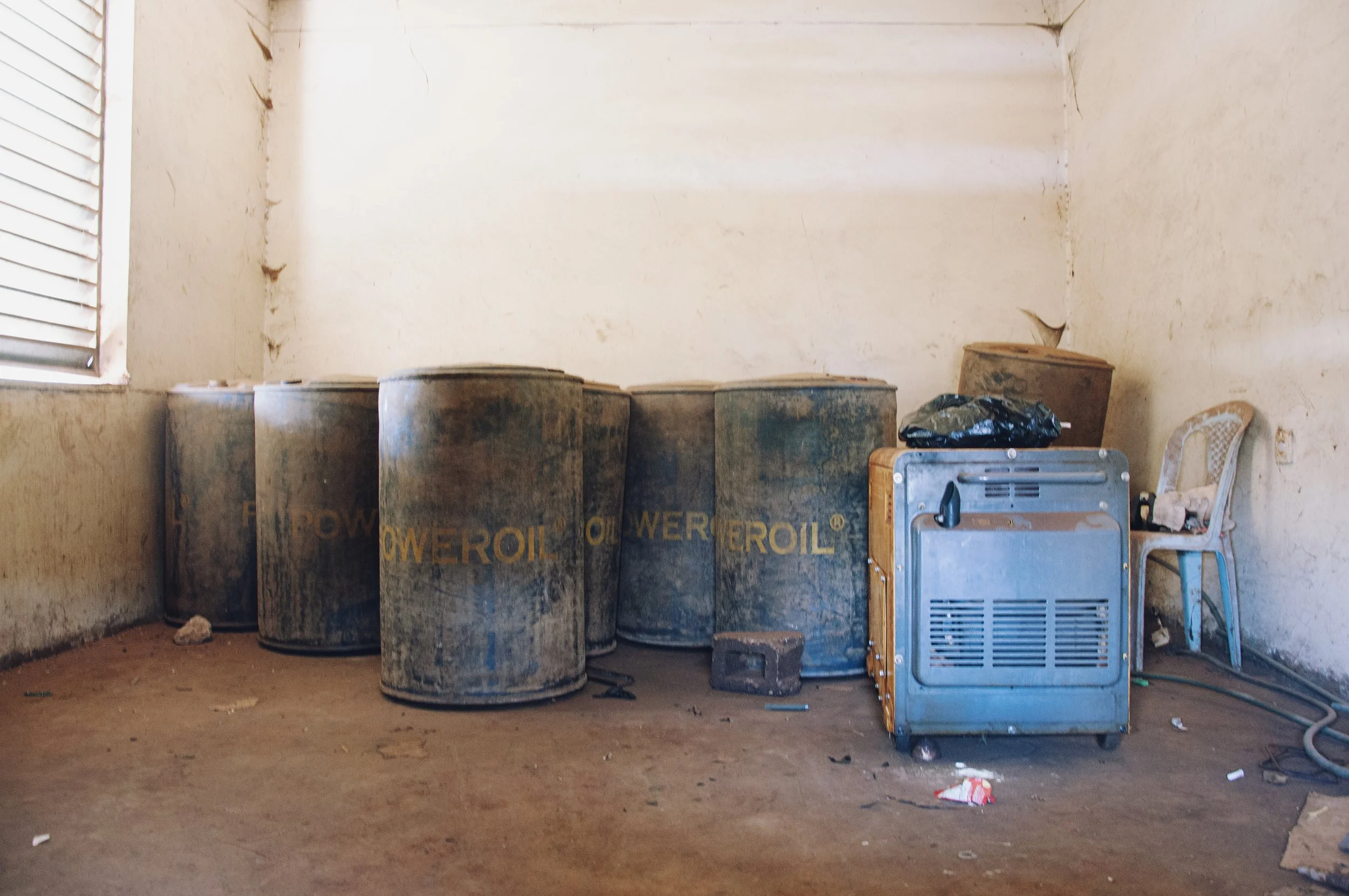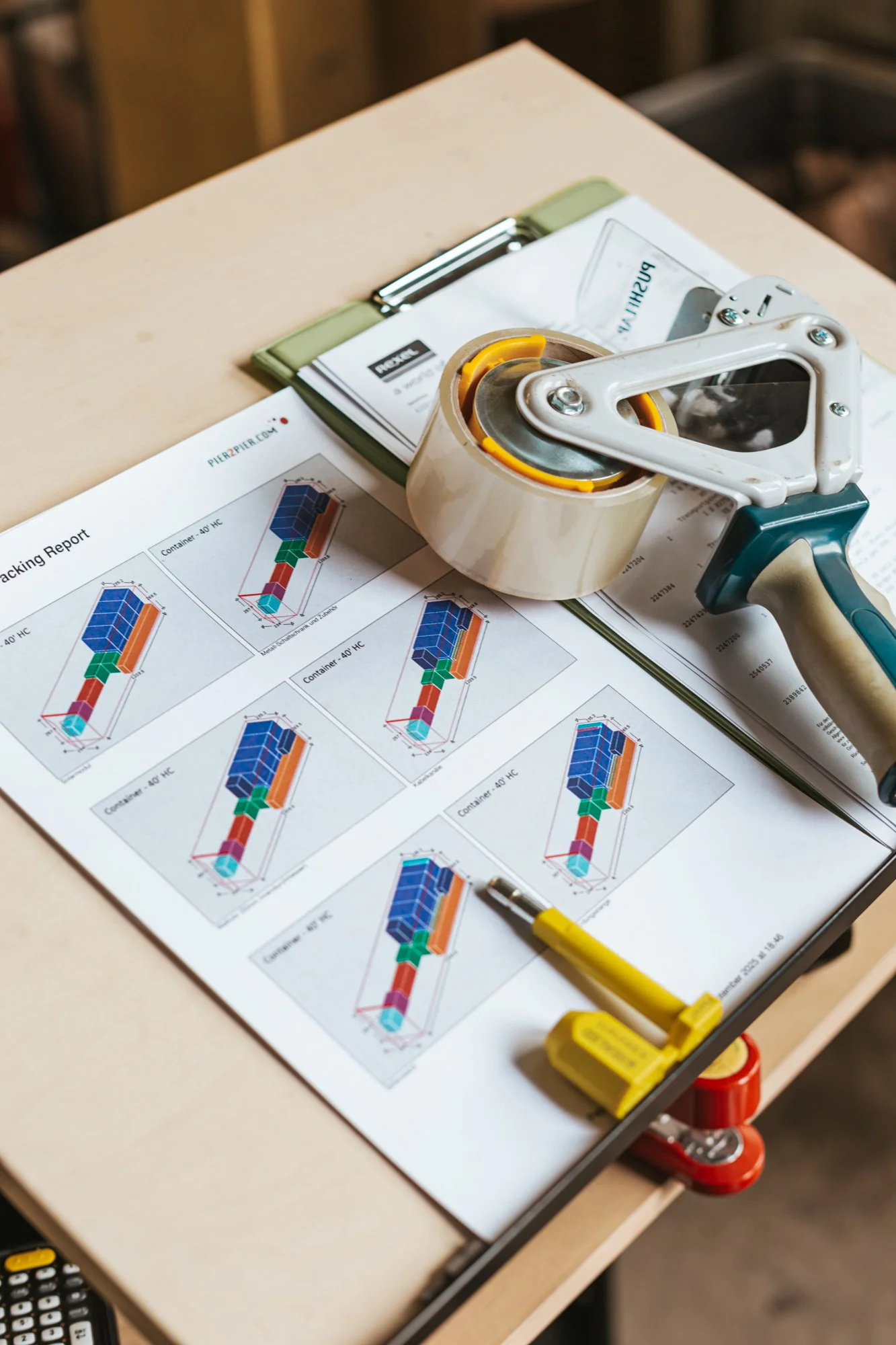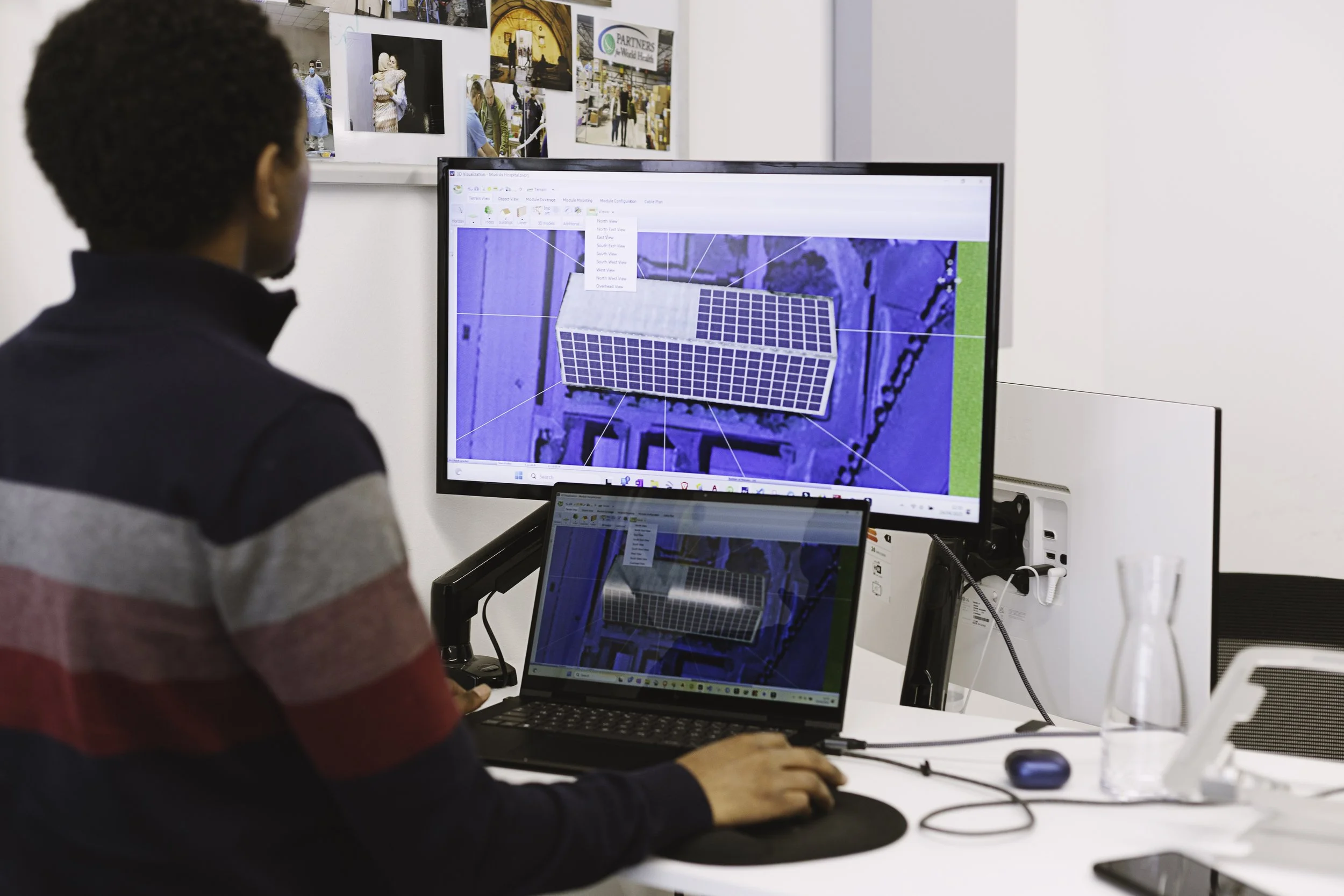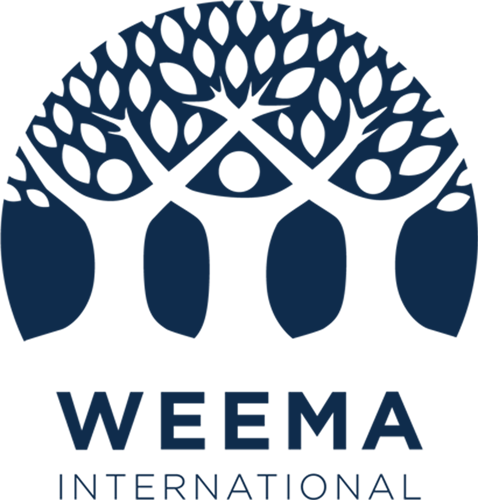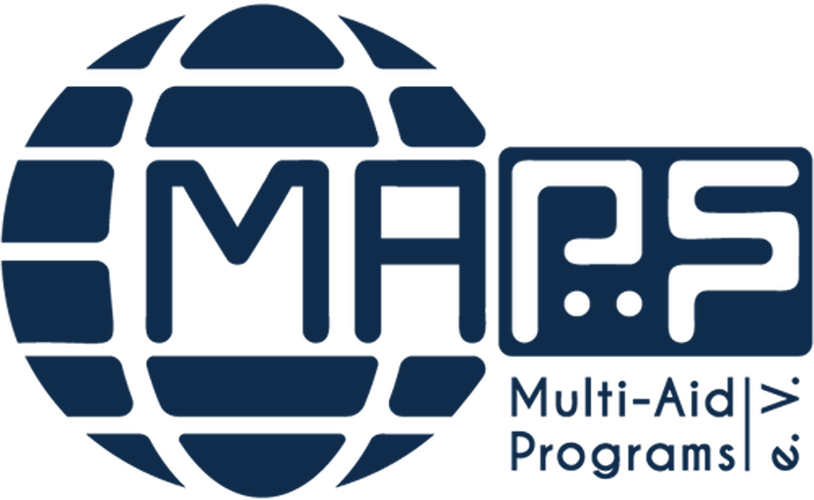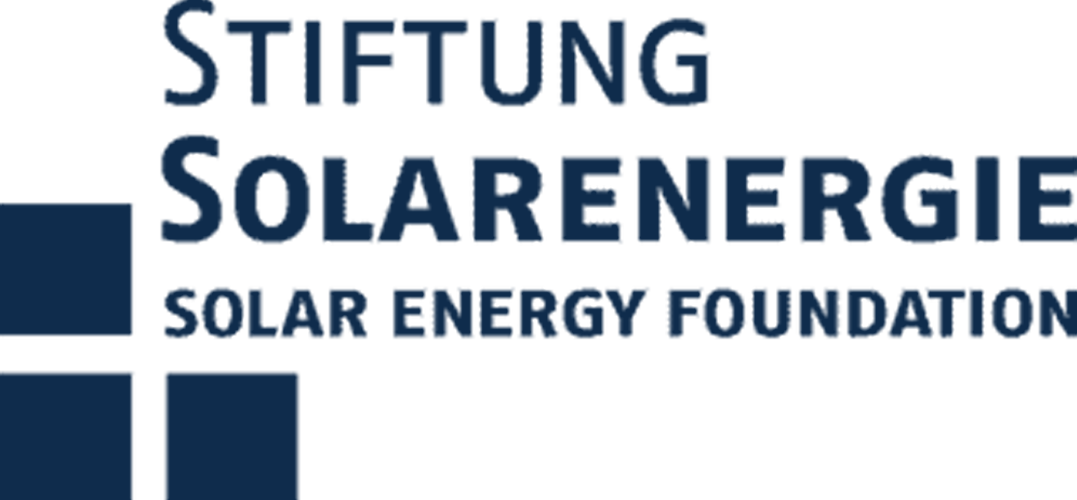
Clean Energy
Why do the world’s sunniest places run on diesel?
Across the Middle East and Africa, the same fuel that powers hospitals and schools is slowly strangling them.
At Ayder Hospital in Mekelle, Ethiopia, diesel costs devour the equivalent of 7,000 yearly staff wages — funds that could stock medicine cabinets for months or hire desperately needed nurses. Instead, this money literally goes up in smoke, contaminating the air and draining resources that could otherwise save lives.
The contradiction is that many of the regions struggling with these issues are blessed with some of the world’s most reliable sunshine. Solar energy, once installed, is effectively free. No transmission lines. No monthly bills. Just clean, steady power from an endless source. The tragedy isn’t that we don’t know the solution, it’s that we do, and yet, it’s still out of reach for so many.
Photovoltaic Potential vs Solar Capacity Installed
Energy access is more than simply turning on the lights. When communities get reliable electricity, doors open to better healthcare, education, economic opportunities and countless other improvements that ripple through generations.
Real, lasting change starts with something as fundamental as having the power to power up.
Why it matters
60%
of the world’s best solar resources are in Africa (Source)
85%
of the global population without electricity lives in Sub-Saharan Africa (Source)
67%
of hospitals in Low- and middle income countries lack power to fuel basic operations (Source)-> Ask julian
90%
of children in Sub-Saharan Africa go to primary schools that lack electricity
50%
of vaccine supplies lost due to insufficient power supply for refrigeration
Source: Julian
70%
of medical devices fail in Sub-Saharan Africa mainly due to unreliable electricity(Source)
Julian??
The barriers
— and how we break them
So why, when the answer is so clear, is change moving so slowly? Because behind every diesel generator stand tangled structural barriers, from scarce upfront financing to patchy supply chains. We aim to untangle these knots. By partnering with local hospitals, schools and community leaders to co-design solutions that fit — technically, socially and financially.
Diesel Dependencies
In many countries, diesel isn’t just a backup — it’s the default.
Why? Because it’s known, available and flexible. When the grid fails, or when there’s no grid, diesel generators take over. They’re what local technicians are trained to maintain. Institutions have built their budgets, workflows and crisis plans around them.
In Lebanon, for example, people now receive as little as 2 hours of grid power per day. Generators are lifelines, even as they become more expensive, less reliable and devastating to the environment.
But here’s the trap: every month spent paying for diesel is a month that solar becomes less affordable. Savings that could cover installation costs are burned at the pump. And without the right support, switching feels too risky — no one wants to be the first to try something new when lives are on the line.
Our approach:
We design hybrid systems that allow gradual transitions, ensuring that institutions can switch without fear of failure. We train local technicians, so the systems are serviceable long-term, building local confidence and capacity alongside technology.
02 Barrier
Financial Barriers
Solar systems with batteries need big upfront investment. But hospitals and schools usually can’t borrow: they lack collateral, credit histories or legal status to take loans.
Additionally, when financing is available, it’s often too risky — high-interest, short-term or in foreign currencies. And energy savings alone don’t create a business case banks understand.
We combine grants and interest-free loans, matched to each institution’s ability to repay. Instead of demanding repayment on a fixed schedule, we peg it below previous diesel spending — meaning partners save from day one. The repayments then seed future projects, creating a flywheel of reinvestment.
01 Barrier
03 Barrier
Infrastructure gaps
Solar systems depend on global supply chains. Panels, batteries, inverters — most come from abroad.
Import taxes, customs delays, and slow procurement raise prices and create long project delays. Add fragile logistics, remote deliveries, and bureaucracy, and even falling global prices can’t lower local costs.
Our approach: We leverage our 23+ corporate partners to access NGO discounts, manage shipping, and handle customs. This cuts costs by up to 50% and ensures even the most remote sites get reliable systems — on time, on budget, and with fewer headaches.
04 Barrier
Expertise and market fragmentation
In many regions, the solar market is small and unstable.
Installers face irregular demand and price high to cover risks. Rural deployments cost extra due to transport, time, and tricky conditions. Crucially, trained solar engineers are scarce — especially outside big cities — leaving rural institutions vulnerable to failures.
Our approach: Our in-house engineering team co-designs systems with local partners, supervises remote installations, and builds local capacity through training and documentation.
For example, for the installations build in Tripoli, Lebanon, this meant not just delivering systems, but ensuring local companies like ZS Energy were upskilled and integrated - laying the groundwork for future local-led projects.
Our solar supply chain
What we're building goes beyond simple procurement. It's a solidarity-driven supply chain, specifically crafted to dismantle systemic obstacles and achieve tangible, transparent and measurable results.
01 Needs assessment and technical design
Every solar system we build starts with a data-driven needs assessment. Our in-house engineers analyze site conditions, from energy load profiles and roof angles to weather patterns and existing infrastructure, to design tailored solutions that deliver real impact.
02 System sourcing
Every solar system we build starts with a data-driven needs assessment. Our in-house engineers analyze site conditions, from energy load profiles and roof angles to weather patterns and existing infrastructure, to design tailored solutions that deliver real impact.
03 Project Financing
Every solar system we build starts with a data-driven needs assessment. Our in-house engineers analyze site conditions, from energy load profiles and roof angles to weather patterns and existing infrastructure, to design tailored solutions that deliver real impact.
04 Impact Monitoring
Every solar system we build starts with a data-driven needs assessment. Our in-house engineers analyze site conditions, from energy load profiles and roof angles to weather patterns and existing infrastructure, to design tailored solutions that deliver real impact.
Our work in action
Get a look into our clean energy solutions in action.
This 5-minute video takes you behind the scenes of our supply chain operations, showing how we deliver sustainable energy from start to finish.
Across the globe
We have successfully installed solar panels in Uganda, Ethiopia and Lebanon, allowing schools and hospitals to stay open and improve the quality of their services.
From watts to wins
Since the establishment of our solar projects in 2022, we have achieved:
19
Global projects secured
650+
kWp Solar PV capacity secured
50,000
more students enabled
360,000
patient treatments enabled
2M €
Projected energy cost savings
5,000t+
Projected avoided CO2 emissions
Partners powered by the sun
Explore some of the ways clean energy is transforming services on the ground.
Lebanon
A one-of-a-kind school for Syrian refugees
Ethiopia
Mudula’s lifeline for over 600,000 people
Powered by people
— Multiplied by partners
Change like this does not happen alone: Our local partners bring deep understanding of their communities, design meaningful solutions, and stay long after the panels are installed. Our private sector allies contribute technical expertise, robust supply chains, and cost reductions that make it all feasible.
By combining forces, we are able to build what no one could do alone: a model for clean, just, and locally anchored energy access.
Don’t take our word for it *
*take theirs
"This solar installation is more than just a project - it’s a lifeline for our clinics and the communities we serve. By providing clean, reliable energy, it frees us from the constant burden of fuel costs and power outages.
Every dollar saved means more lives we can touch, more patients we can heal and more hope we can offer. This is a testament to the power of coming together to create lasting change.”
— Mohammad Meibar, Program Manager, MAPs
"Like many rural hospitals in Ethiopia, Mudula Hospital has long struggled with power outages, putting patients at risk. Thanks to our partnership with Aid Pioneers, this will soon change. With reliable solar power, the hospital can provide uninterrupted, life-saving care to the community. Aid Pioneers brings invaluable technical expertise and a relentless commitment to cost-effective, high-impact solutions."
— Susan Daly, Director Of Finance And Operations, WEEMA
Interested in securing health and education for vulnerable communities?
If you would like an in-depth introduction to our financing options and discover ways to invest in our solar projects, we are more than happy to give you a demonstration.
